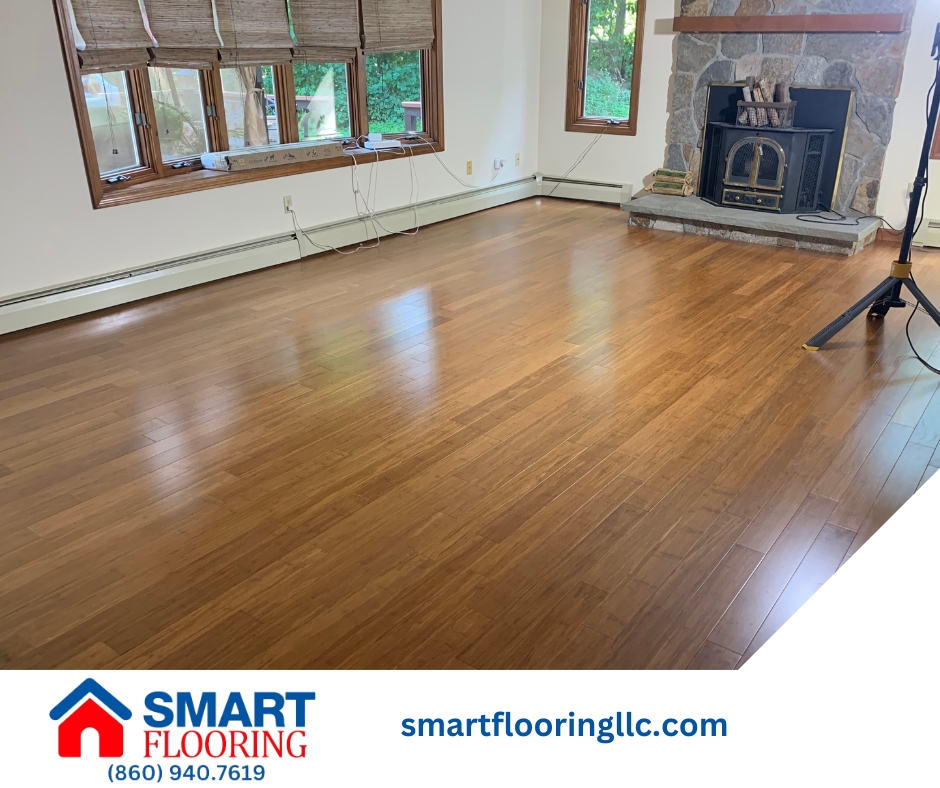
How to Choose the Right Flooring for Your Home
Selecting the perfect flooring for your home is more than just finding a style you like; it involves considering your lifestyle, budget, room usage, and long-term maintenance. With a plethora of options available, from classic hardwood to modern vinyl, making the right choice can seem daunting. However, by focusing on a few key factors, you can simplify the process and ensure your floors meet your needs and desires. Here’s a comprehensive guide to help you choose the right flooring for your home.
1. Consider Your Lifestyle
Your daily activities should dictate your flooring choice. Homes with pets, children, or high traffic require durable flooring that can withstand wear and tear. For instance, laminate, vinyl, or tile offer resilience and are easier to clean compared to softer options like carpet. If comfort is a priority, carpeting might be the perfect fit for bedrooms or living rooms where you seek coziness underfoot.
2. Evaluate Your Budget
Flooring can vary widely in cost, not just in terms of the material itself but also installation and long-term maintenance. Hardwood floors, while elegant and durable, can be more expensive upfront and require refinishing over time. Laminate and vinyl, on the other hand, are cost-effective alternatives that mimic the look of natural wood without the hefty price tag. Always factor in the cost of underlayment, installation, and potential repairs when budgeting for your flooring.
3. Understand Room Usage
The function of each room plays a crucial role in selecting the appropriate flooring. Moisture-prone areas like bathrooms and kitchens benefit from water-resistant materials such as ceramic tile or vinyl. Living areas and bedrooms, where comfort is key, might be better suited to hardwood or carpet. For high-traffic zones like hallways and entryways, consider durable and easy-to-clean options like porcelain tile or laminate.
4. Prioritize Durability and Maintenance
Think about how much time and effort you’re willing to invest in maintaining your floors. Hardwood floors require periodic sanding and refinishing but can last for decades. Laminate and vinyl offer excellent durability with minimal maintenance, making them ideal for busy households. Tile flooring, while durable, requires grout cleaning to maintain its appearance.
5. Assess Aesthetic Appeal
Your flooring should complement your home’s overall design aesthetic. Lighter floors can make a room feel larger and more open, while darker floors offer warmth and sophistication. Consider the color, texture, and pattern of your flooring and how it will match with your current (or planned) decor. Don’t forget to take home samples to see how different flooring looks in your space’s lighting conditions.
6. Think About the Long Term
Consider how your choice will age with your home and lifestyle. While trends can be tempting, opting for more timeless flooring can enhance your home’s value and appeal over time. Additionally, consider the environmental impact of your flooring choice. Sustainable options like bamboo or recycled materials offer durability and are eco-friendly.

Final Thoughts
Choosing the right flooring for your home is a decision that affects both the aesthetics and functionality of your living space. By taking into account your lifestyle, budget, room usage, durability, maintenance, and design preferences, you can select flooring that not only looks beautiful but also meets the demands of your daily life. Remember, the best flooring choice is one that aligns with your personal needs and enhances your home for years to come.
continue reading

